Department of Radiation Transport Physics NZ61

Department of Radiation Transport Physics NZ61

Prof. Czubek Laboratory of Neutron Sources
Plasma Focus PF-24

Laboratorium PF-24 w IFJ PAN
Equivalent electrical circuit for discharge in the Plasma-Focus
An example of the distribution of the neutron flux along the plasma focus axis during the fusion of deuterium ions registered by a neutron pinhole camera. Monte-Carlo modeling.
An example of recording X-ray and neutron radiation as a function of time for PF-24 discharge using 3 pcs of scintillation detectors. The delay between the X-ray and neutron peaks is 42 ns.
Four Frame Camera in Soft X-ray. 4-frame fast imaging system in the regime of VUV / SXR, HS-4F-SXRC (design and construction ACS, Warsaw). The ability to display 4 images during 1.2 ns with a delay of 4.7 ns (adjustable). Magnification: 2x. Spatial resolution: 230 m
An example of imaging: discharge in PF-24 recorded with the Four Frame Camera. XUV frames - exposure time 1 ns

Technical parameters of the PF-24 current generator

PF-24 Main elements

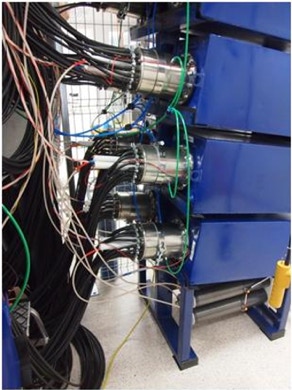
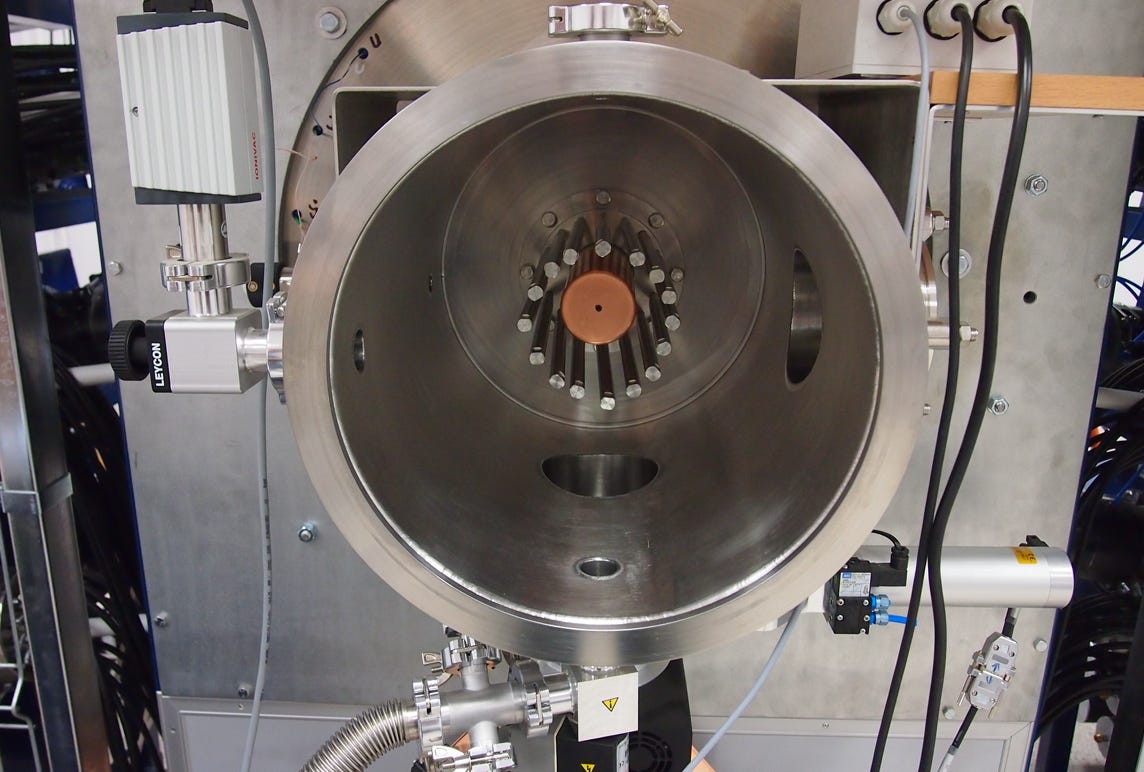
Discharge chamber with the electrodes

KOMORA WYŁADOWANIA Z ELEKTRODAMI
A fragment of capacitor bank
Research objectives and tasks for PF-24
Electrical diagnostics of PF discharge

Pomiar emisji neutronów i promieniowania X
Neutron and X-ray diagnostics

Neutron pinhole camera based on BCF-12 miniature scintillation detectors (Saint Gobain). Time resolution: 5ns, spatial resolution: 5mm.

Main elements of the PF-24 neutron pinhole camera: BCF-12 scintillation detector coupled to PMT (Hamamatsu) via 25m long optical fibre
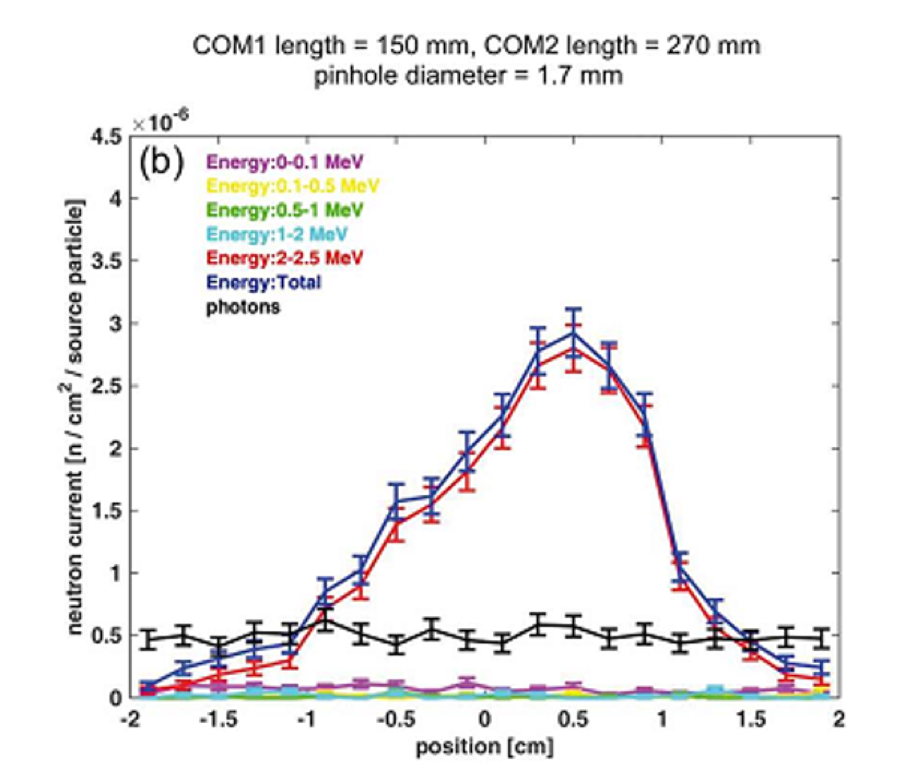
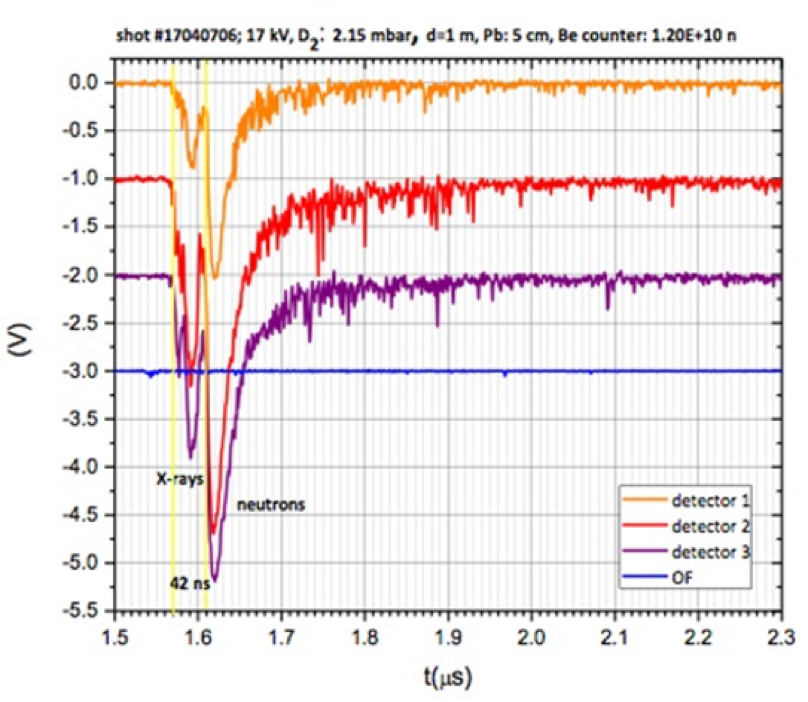

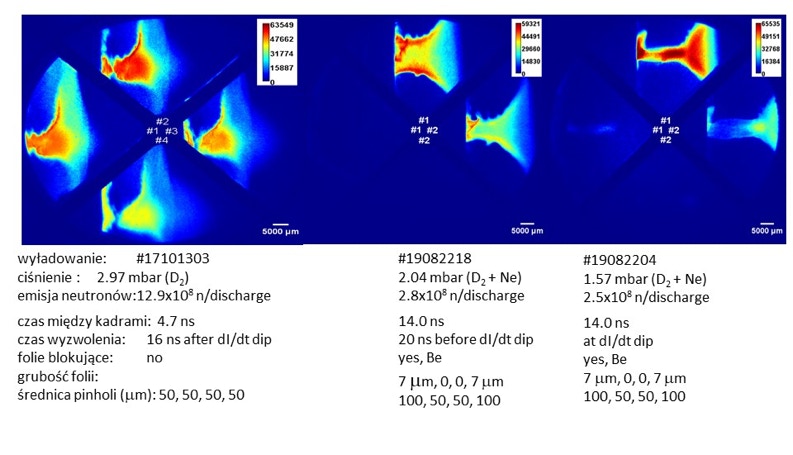
Ta strona używa cookies. Dowiedz się więcej o celu ich używania i zmianie ustawień cookies w przeglądarce. Korzystając ze strony wyrażasz zgodę na używanie cookies, zgodnie z aktualnymi ustawieniami przeglądarki